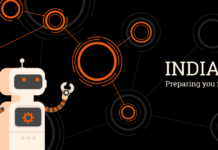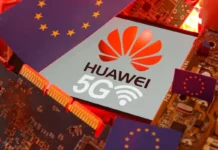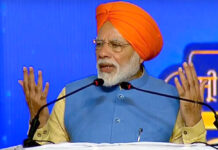When you pick up your phone in the morning, what’s the last message that you probably sent? Is it a sleeping emoji with cartoon styled Zzz’s? Well, this is just an example of how everyone is obsessed with emoticons these days! From Whatsapp to Facebook and Instagram, these emojis have taken over the world.

If you realise that face-to-face communication is no longer considered a comfortable form of interaction, you either prefer GIFs or stickers, but emojis are your all-time favourite. Gone are those days when texting acronyms were a thing, and this is how the transformation of language has alarmed the linguists all over the world. Hence, it is believed that this era of emoticons marks the beginning of the old times of caveman visual art.

● People don’t write their emotions, they ‘emojify.’
The art of linguistics has undergone a drastic transition from pictograms to logograms, then full-fledged alphabets. Now the changing texting habits have resulted in minimising the use of words and replacing them with emojis. According to research, 72% of young adults prefer emoticons to express their feelings, and hence the emojipedia has emerged as the treasure of new and trending smileys, human characters, and symbols. So, in a way, the human race is taking a few steps back and challenging the power of words.

● Visual sarcasm is easily understood
The irony is the most challenging technique, and sometimes it is not easy to use, and if you wish to speak something that intends the pun, then emojis make it convenient for you to enunciate. Earlier, the trend was to say ‘Don’t understand, huh?’ later it became, DUH and now you have to use an emoji ‘face with rolling eyes,’ and the information is crystal clear, and the meaning is quick to grasp.

● Humans have become too lethargic to use words
Time management is the most challenging task for the workaholic people of the 21st century. The time consumed by these long words and the energy spent on making other people understand what you are trying to say is a tedious process. So, people think that the best way to escape the situation of indulging in garrulous conversations is to communicate in short and simple emojis, which are legible, unlike the ancient pictographs that were hard to decipher.

● Early human art was the result of in-depth knowledge of star constellations
Remember the cuneiform writing style of Sumerians in Mesopotamia? Or the Egyptian hieroglyphics which had their own artistic style of literary culture. Well, digital emoticons are just the simplified version of visual communication, which isn’t way too different from the ancient writings and drawings that took years of painstaking efforts by archaeologists to decode.

The ancient scripts daubed on walls by early men were abstract images, patterns, representations of the star constellations and celestial mechanics to keep track of time. Therefore, it can be said that that the old paintings and art impact today’s jargon, but it is less complicated.

Heading back to the dark ages
Everyone dreams of time travelling, but since historical influences have superficially shaped the present time, there is no need to turn back. To progress in life, the vision should be to look forward. But deliberately or not, humans are walking down the memory lane. You like it or not, emojis have been successful in uplifting the linguistic barrier between people and hence, communication is made smoother and more comfortable.
















































